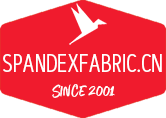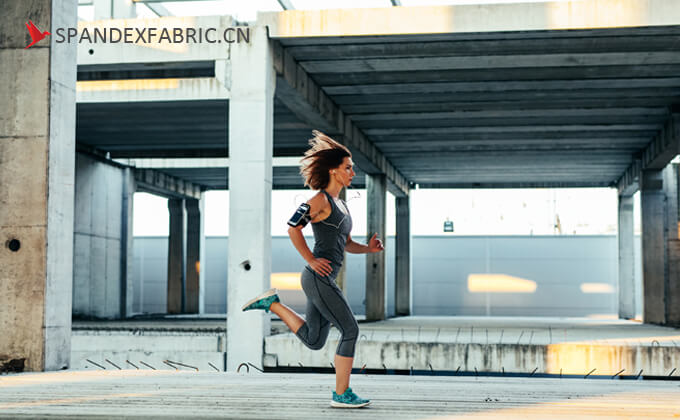When we wear the clothes, there will be friction between fabrics and linings, in all the connection part, when relying other objects. The fabric color may change because of the weak crocking colorfastness and further influence the clothes appearance.
The main test standard of crocking colorfastness
- China standard: GB/T 3920
- International Standard: ISO 105 X12/X16
- US standard: AATCC 8/AATCC 116
- Japan standard: JIS L0849 Type I /Type II
The crocking colorfastness is divided into dry crocking colorfastness and wet crocking colorfastness.
Some factors affecting the crocking colorfastness
I.
The fabric types of poor crocking colorfastness: rough surface or fleece fabrics, fluff fabrics, hard fabrics such as linen, denim fabric, paint printing fabrics, paint fabrics. Dry friction will lead to the drop of paint on the fabrics and some of the colored fibers will be fractured to form colored particles, which results in the dry crocking colorfastness decrease.
II.
Cellulosic fiber fabrics are generally dyed with reactive dyes. There are two reasons that the dye on the test fabric migrates to the fleece fabric.
- The water-soluble dye is transferred to the fleece in the wet state. the reactive dye and the cellulose fiber are combined by covalent bond, which is strong and does not break due to rubbing. The floating color will transfer to fleece in wet state, that why the wet crocking colorfastness will become poor.
- The dyed fibers break during the rubbing process, forming tiny colored fiber particles and transferring to the cloth and result in poor wet crocking colorfastness.
III.
There is big relationship between the wet crocking colorfastness and the depth of dyeing color. When dyeing dark color, the concentration of dye will be higher. The excess dye cannot combine with the fiber but deposit in the fiber surface becoming floating color. As mentioned, the floating color have big influence in crocking colorfastness.
Mercerized, singeing, scouring, bleaching and other pretreatment can make the fabric surface smooth, reduce frictional resistance, improving the crocking colorfastness.
IV.
For light and thin polyester fabrics, when in dry friction, the friction resistance will increase the because fabric will slip locally under the friction. When in test of these fabrics, since the low water absorption, water plays the role of lubrication, so the wet crocking colorfastness is better than dry crocking colorfastness.
V.
Adding softener as lubricating can reduce the friction coefficient, reducing the dye off. Cationic softener and anionic reactive dye will react to form a lake and the lake will reduce the dye solubility and improve the wet crocking colorfastness.
Conclusion.
The principle of action of each factor mentioned above varies greatly, also vary from the influence. For many years, no matter in the field of dyestuff research and production, or in the field of textile dyeing and finishing, people have devoted a lot of manpower and material resources to efforts to solve the problem of the color fastness of textile products. We have made considerable progress. Many new dyes, new processes, and new additives continue to emerge. However, there are still many problems that need to be resolved.









